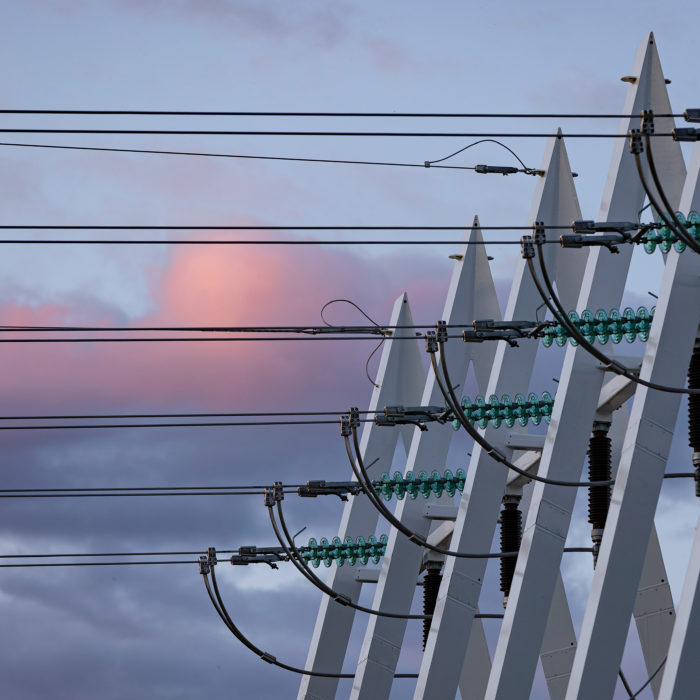People probably remember the unusually sharp peaks in the electricity price last winter. When the war in Ukraine put an end to electricity imports from Russia in May, there was some concern about whether there would be enough electricity next winter. Imports of pipeline gas and wood fuel from Russia have also stopped.
If we have a cold winter, people may be wondering whether the lights will stay on and society will continue to function normally.
“The outlook for next winter is less positive since the discontinuation of trading in electricity and natural gas with Russia. There may be some momentary difficulties in the availability of electricity if temperatures are very low and any power plants or cross-border connections are out of action. In terms of the adequacy of electricity, the critical factors would be, for example, delays to Olkiluoto 3, multiple breakdowns or extensive fuel shortages,” says Jussi Närhi, Specialist at Fingrid.
Even at times of peak consumption, approximately 10 per cent of the electricity consumed in Finland was imported from Russia. The maximum import capacity from Russia was less than 1,500 megawatts, so the extra capacity provided by Olkiluoto 3 more than makes up for that. The wind power production capacity
will also increase significantly this year, and when it is windy, Finland will generate more electricity than it consumes.
When the wind dies down, Finland can fall back on its 2,400 megawatts of import capacity from Sweden and 1,000 megawatts from Estonia.
“We will have more domestic electricity production capacity than last winter.”
“We will have more domestic electricity production capacity than last winter thanks to the new Olkiluoto 3 nuclear power plant and more wind power. During the winter, it is very important that domestic production is available and the cross-border connections operate reliably.”
Närhi says that Fingrid has prepared calculations that illustrate Finland’s power balance under highly challenging conditions, exemplified by a cold winter’s day with little wind. The calculations are based on a very cold winter, which statistically occurs once every ten years.
The calculations envisage a consumption peak of 15,100 megawatts, while last winter’s peak was just over 14,000 megawatts. Domestic production is estimated to provide 12,300 megawatts, and a total of 3,400 megawatts of import capacity will be available.
“This calculation reflects perhaps the worst possible scenario: consumption is very high, and the calculation only accounts for 300 megawatts of wind power production, even though the total capacity is expected to be around 5,000 megawatts next winter,” Närhi explains.
“Under such challenging conditions, it comes down to fine margins. If there is not enough production available on market terms, we can activate reserves to ensure the adequacy of electricity.”
In addition to this calculation, Fingrid assesses the adequacy of electricity using hourly models.
“These also take into consideration the availability of electricity imports from Sweden and Estonia more effectively. We will monitor the situation and update our calculations as winter approaches,”
Närhi says.




